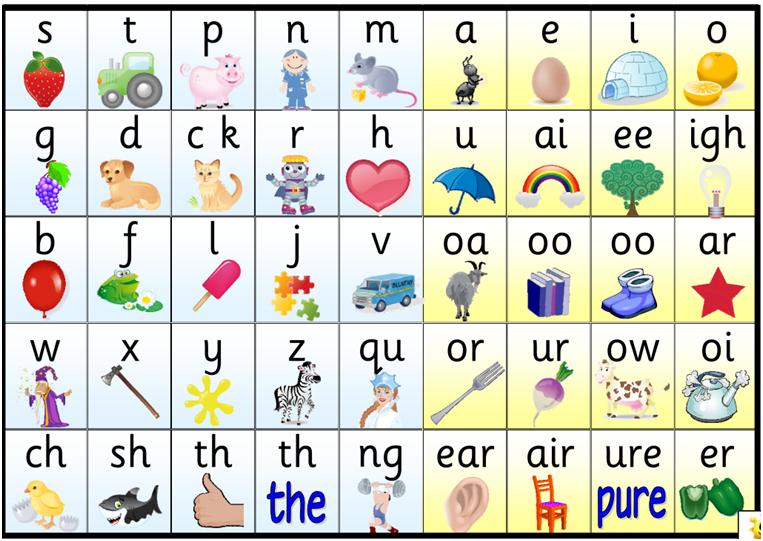Teaching Phonics Using the Interactive White Board (IWB)
Phonetic work features strongly in the framework from the early years to year two and therefore needs effective, well rehearsed planning and teaching.
One of the ways to engage a class in phonics is by using the IWB to introduce the session and use a series of activities on the IWB itself.
I decided to create an activity that could be used to aid the learning of phonics in reception. The first activity consisted of creating consonant - vowel - consonant words from the letters s, a, t, p, i, and n. The idea behind this is for pupils to use these basic graphemes to create simple 3 letter words that are easily segmented and blend-able. I used the infinite cloner on the letters so that each would produce a copy when dragged down and assembled into a word whilst the original would remain in the same place to be used again if desired. To do this I used the infinite cloner feature on smart notebook.
Using the IWB in a phonics lesson would certainly increase the pupils' focus and engagement with the activity, leading to them remembering the work they did on the IWB, which in this case involved developing an understanding of the phonetic sounds s, a, t, p, i and n. Kennewell (2006) recognize's that despite interactive whiteboards becoming a staple in the vast majority of classrooms across the country, 'the potential of the boards for improving delivery via interactive approaches has stalled at the stage of surface interactivity'. That is that planning for IWB usage doesn't come close to unlocking their full potential in any aspect of the primary curriculum.
Having learnt about just some of the features that smart notebook has to offer, I can say comfortably that I will be looking to implement the use of the IWB more readily than I otherwise would have attempted.
Reference
Kennewell 2006 in Barber, D. and Cooper, L. (2012) Using New Web Tools in the Primary Classroom Taylor & Francis Ltd



No comments:
Post a Comment